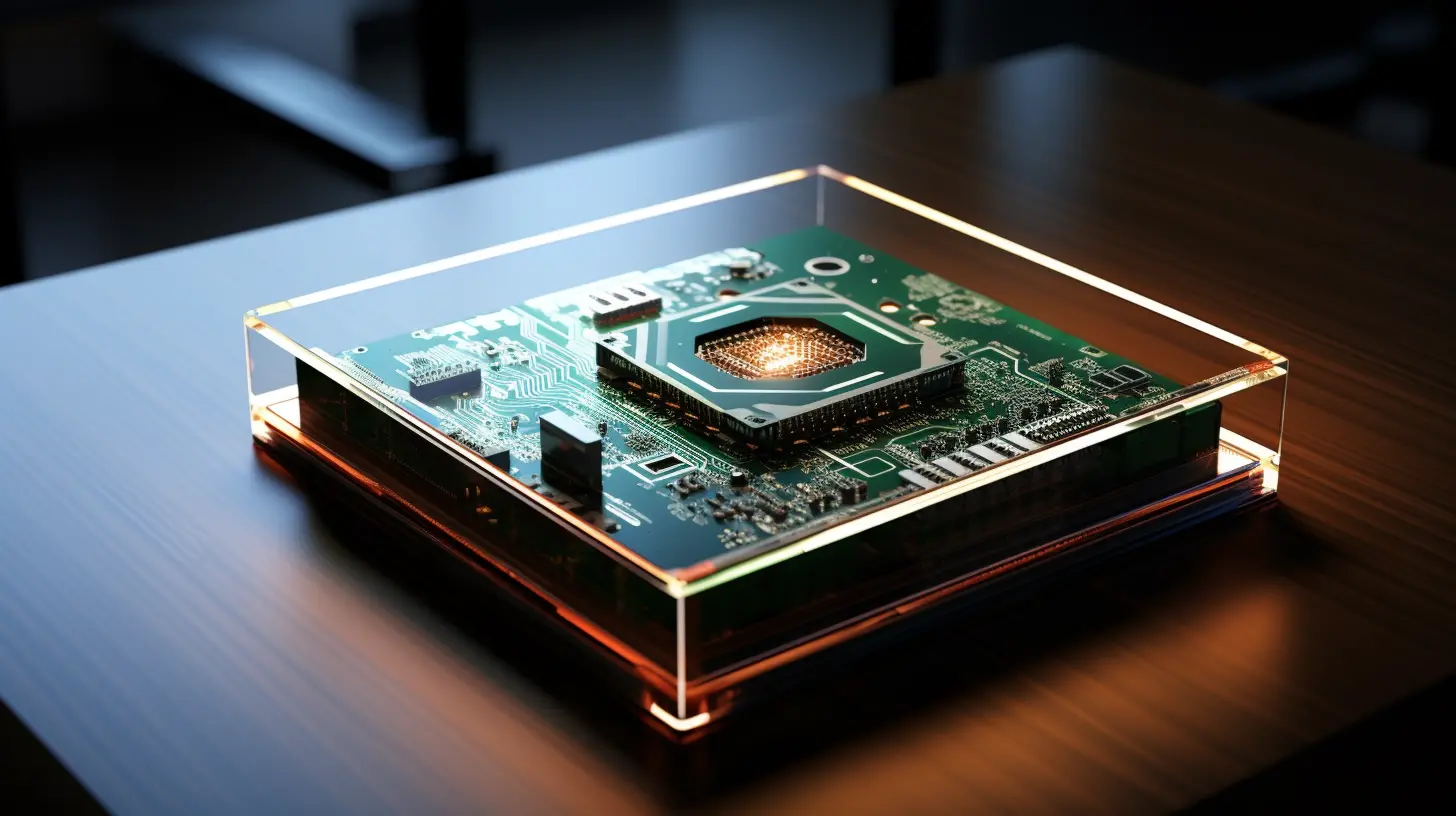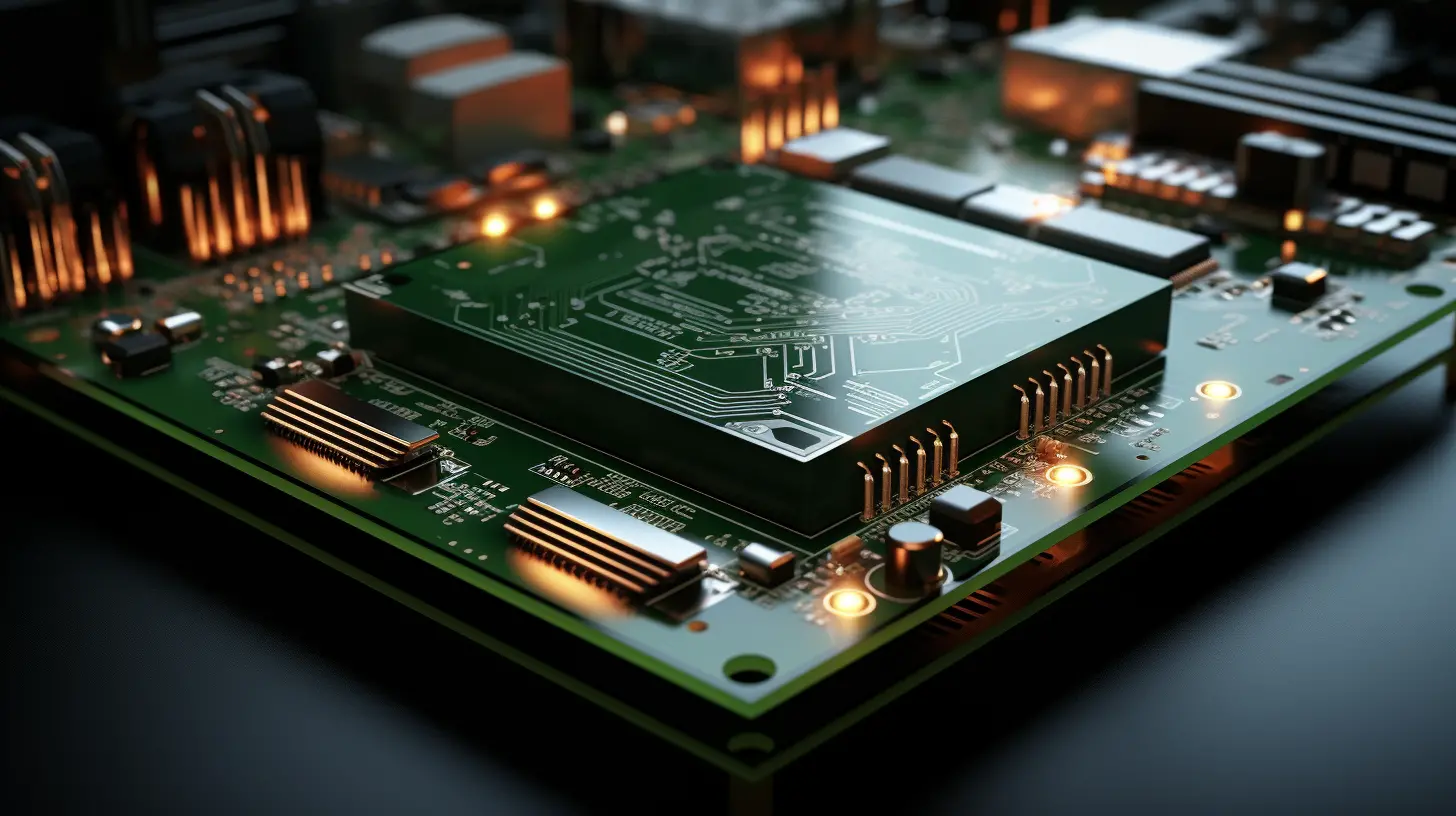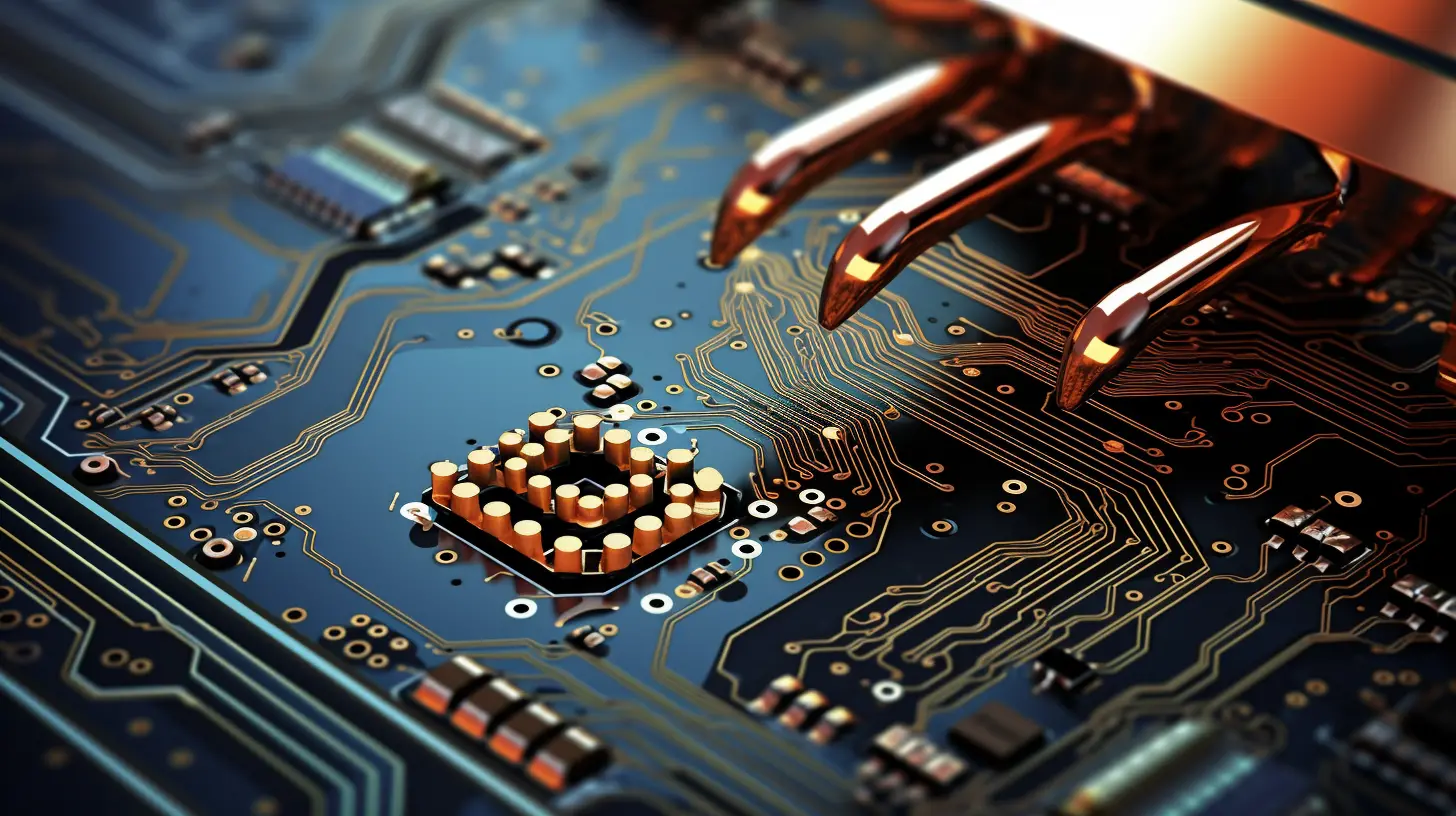The advent of 5G technology marks a significant milestone in the realm of telecommunications, promising unprecedented data speeds and enhanced connectivity. As the industry evolves, the demand for high-speed printed circuit boards (PCBs) becomes increasingly critical. High-speed PCBs are designed to handle the rapid data transmission required by 5G networks, ensuring that electronic devices operate efficiently and reliably.

High-speed PCBs are engineered with advanced materials and manufacturing processes that minimize signal loss and electromagnetic interference. This makes them perfect for supporting the high frequencies and bandwidths associated with 5G technology. The combination of these two innovations creates a robust infrastructure that can handle the demands of modern-day communication.

The impact of this synergy extends beyond mere technical performance; it enhances user experiences by enabling faster downloads, improved streaming quality, and seamless connectivity across multiple devices. With high-speed PCBs integrated into 5G applications, devices are now capable of handling large volumes of data efficiently, leading to new possibilities in various sectors, including automotive, healthcare, and smart cities.

As we move forward, the collaboration between manufacturers of 5G technology and PCB developers will be crucial. It is essential for businesses to invest in high-speed PCB solutions to remain competitive in this rapidly changing landscape. This partnership will not only enhance performance but also accelerate the pace of innovation in telecommunications.
In conclusion, the perfect synergy between 5G networks and high-speed PCBs is paving the way for a new era of telecommunications. By harnessing the capabilities of both technologies, companies can drive growth, improve user satisfaction, and unleash the full potential of digital communication.
